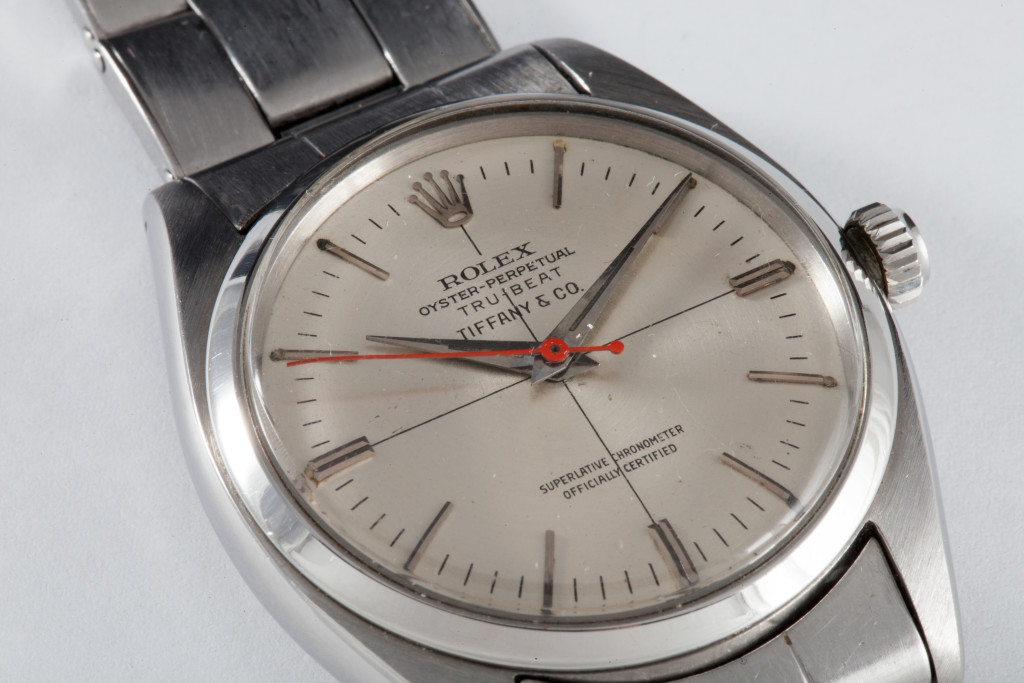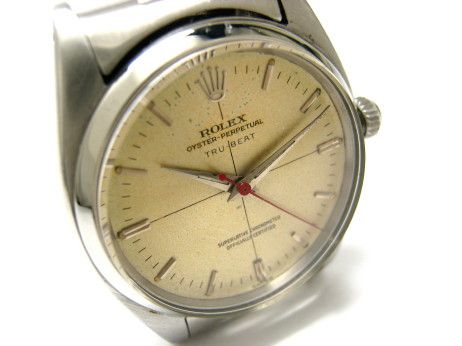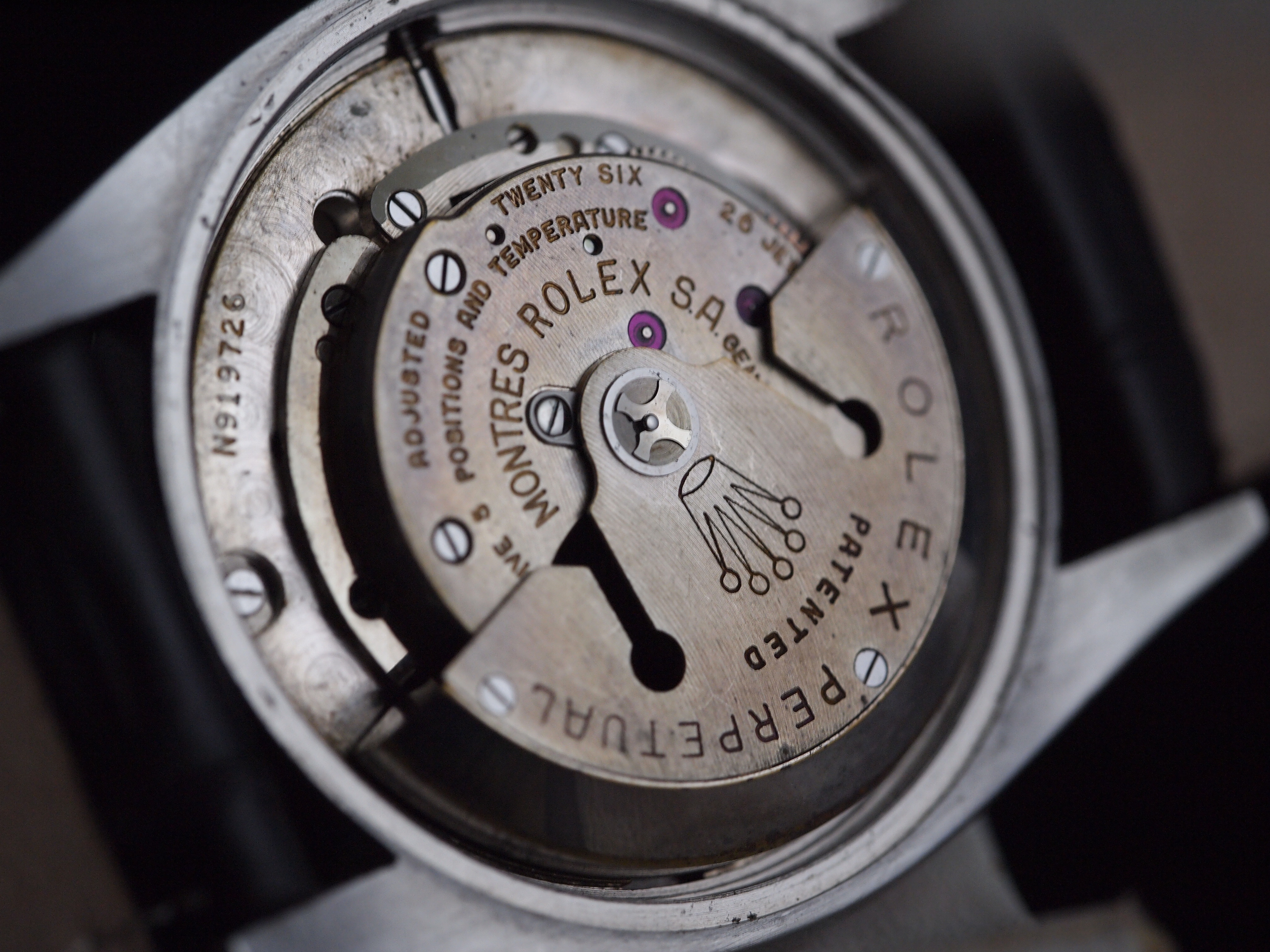
60 years ago, Rolex produced a short-lived model known as the “Tru-Beat”, which made use of this complication. With the ever-increasing popularity of vintage Rolex Oyster models, we thought we should shed some light on this ultra rare reference.
First things first, how exactly does this “dead-beat seconds” complication function? Well, it’s quite similar to older pendulum clocks that made use of anchor escapements. What this means, is that the escapement features an anchor that swings back and forth, and as the anchor engages the gears, it moves the seconds hand forward at a constant rate. All of this makes for very precise timing, in a ticking fashion. However, despite this technical achievement and horological innovation, many collectors today do not appreciate this complication, due to its resemblance of a quartz watch.
So, if the Tru-Beat featured this impressive complication, then why did it get discontinued so quickly? The reference was first introduced in 1954 as a solution for doctors and medical professionals, enabling them to accurately calculate pulse rates of their patients. An allusion to the “Beat” in the name perhaps. Unfortunately, there wasn’t enough of a market for this particular type of watch, and it went on to be discontinued just five years later. As a result of this, the Tru-Beat is now one of the most rare vintage Rolex references in existence today, with only a handful of examples coming to market every year.
Today, this reference is highly coveted by collectors who are aware of its existence, due to the fact that so many (like several other vintage Rolex models) have been altered and corrupted over the years. If you can find an example, it’s common to see that the dead-beat seconds module of its caliber 1040 has sadly been removed when being serviced by Rolex. They are often seen with the base caliber 1030 movement. This was done not just to maintain accuracy and improve the overall ease of servicing the movement, but also due to the fact that parts for the dead-beat mechanism became virtually unavailable about a decade after production. It’s hard to say if we’ll see any of these original movements in the near future.
This watch, is yet another example of how Rolex’s mistakes of the past have turned into the next big thing of the future (tropical dials, fading bezels, inconsistent printing techniques, etc.). If you’re lucky enough to find an example currently for sale, by all means, pull the trigger! Not only does the Rolex Tru-Beat represent an interesting segment of Rolex’s history, but it features a complication that is synonymous with the best haute horology has to offer – despite what the uninformed might believe.










